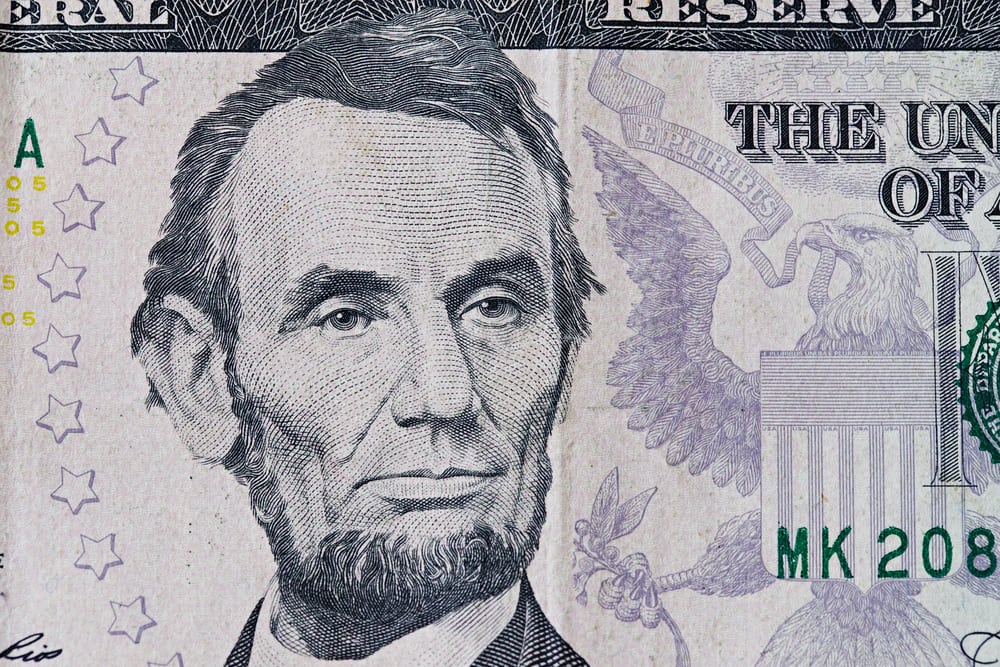3 Tips for Implementing a Paid Social Media Strategy
December 16, 2016
As organic reach increasingly becomes a thing of the past, winning a budget for paid social—and proving out its value—is a must for any brand’s social strategy.
But that doesn’t have to be a scary thing for those making their foray into the paid social world. As Facebook continues to roll out product updates—and other platforms grow more sophisticated in analytics, tracking and even marketing automation—the opportunity to leverage paid social content into real-world results has never been better, according to Melissa Wisehart, managing director with Moore Communications Group.
And it doesn’t have to break the bank. One of the most common misconceptions about paid social strategies is that you need a big budget to get a big return, but this just isn’t true.
“A small budget—even just $5 to $10 per day—can jumpstart the reach of your content,” Wisehart says. “If you are creating high-quality, engaging content, that may be just enough to keep your channels growing.”
Wisehart, who will discuss the finer points of paid social media strategies at The Social Shake-Up conference May 22-24, 2017, in Atlanta, offered these tips on how to approach promoted posts.
Prepare Tests Before You Launch
A paid social media campaign is a living, breathing thing that will likely need some help along the way to optimize performance. But one of the biggest mistakes companies make when they begin a paid social strategy is in not anticipating that need for constant testing and tweaking.

Melissa Wisehart, managing director, Moore Communications Group
“My recommendation is to outline a few tests, whether that’s testing different creative elements or target audiences, before you even launch,” she says. “Then, once performance dips or flat-lines, you’ll have opportunities to refresh them ready to go.”
When evaluating platforms, it’s always best to start by casting a wide net to determine if your target audience is even present on a particular channel in a big way. For instance, if you’re trying to reach anyone over 24 years old, you’ll probably have a harder time turning an ROI on Snapchat.
Facebook Reigns Supreme
While Instagram is growing more sophisticated for some ad objectives, Facebook’s advertising platform still reigns as the most advanced digital network of the pack. It can handle large-scale reach campaigns to mirror broadcast, but is also highly effective for sophisticated direct response and retargeting campaigns.
The platform offers some smart marketing automation, giving you more control over ensuring you hit your ROI than any other platform. For instance, you can assign a value to offsite conversions, and then enable a rule to automatically turn off your ads if your cost-per-action isn’t meeting the assigned value—a very straightforward way of keeping ROI in check.
“Facebook typically receives our highest budget allocation due to their track record of performance.,” says Wisehart. “We will, however, add Twitter, Pinterest and Instagram into the mix to tell stories in a different way or engage with key sectors that may be more active on those platforms.”
Though LinkedIn contains more data for job-title targeting crucial to a B2B campaign, Facebook is catching up in this area, and is likely more cost-effective. “While LinkedIn does have the advantage in some ways on targeting, they are often more expensive,” Wisehart says. “While other networks may not reach your exact audience 100% of the time, you may pay less per qualified impression that is reaching its intended target.”
Looking for a deep dive into all things social? Check out the full program and speaker roster for The Social Shake-Up, which will be held May 22-24, 2017, in Atlanta. Brand communicators from Coca-Cola, Dunkin’ Donuts, the Atlanta Hawks, Arby’s and many more will speak on a breadth of topics from content marketing to measurement to Snapchat strategy.
Find Your KPIs
The most crucial key performance indicators (KPIs) to consider depend more on the particular ad objective, and the life-stage of the campaign, than on the platform itself.
Since most social platforms are truly multi-media now, the use of video to convey rich, immersing brand experiences for beginning-of-the-funnel customers has risen in importance. Since the beginning of the funnel is all about awareness, the KPIs to focus on there include cost-per-1,000-impressions and percent-complete-video-views.
But for end-of-funnel and direct-response ads—such as business leads ads—the KPIs to keep in mind are cost-per-action and cost-per-link-click. It’s also important to continually measure frequency and click-through rates to stave off and manage potential ad fatigue or poor creative performance.
Follow Melissa on Twitter: @m_wisehart
Follow Jerry on Twitter: @Jascierto


